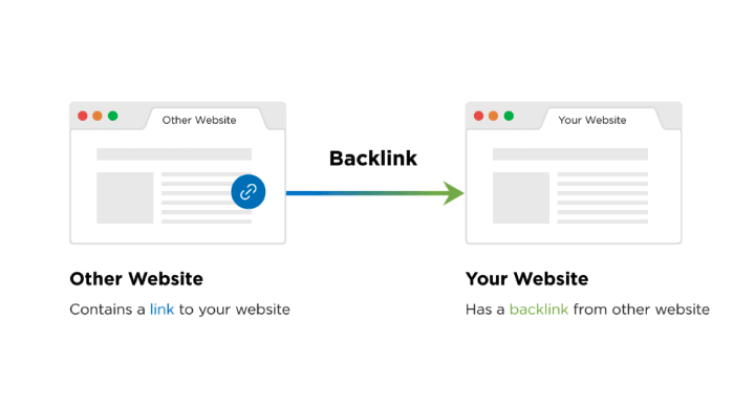Rank and visibility are essential when it comes to organic search. These two elements directly impact your success as a brand in the online world. Getting your website to appear at the top of search engine results pages (SERPs) is what you should aim for if you want to increase brand awareness, drive traffic to your site, and send users down the conversion funnel.
If you manage an e-commerce site, Optimizing your product page with the right keywords and designing them so they answer users’ questions is essential for increasing conversions and keeping visitors on your site. However, not every page on a website has the same importance regarding organic search; some have a more significant impact than others. This article covers tips that will help you improve your organic CTR and boost your search engine rankings.
What is organic CTR?
CTR stands for “Click-through rate.” CTR is one of the most critical metrics you need to track, especially if you’re working with a top online marketing company. It measures how many people click on your ad compared to the number of people who see it. The higher your CTR, the better. Organic CTR is the level of engagement your content receives when it appears on search engine results pages. It tracks how likely visitors are to click on one of your links after finding you through the search engine.
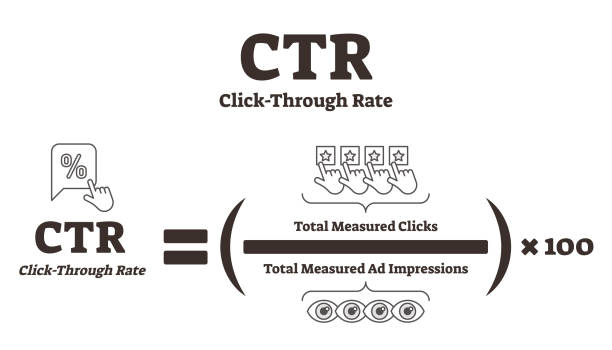
Why is organic CTR important?
Organic search is an essential part of any digital marketing strategy, and CTR is what makes or breaks your rank. The higher your CTR, the higher you will appear in the search results, leading to more visibility and engagement. Organic CTR is critical to improving brand awareness, driving traffic to your site, and sending users down the conversion funnel. Furthermore, a high organic CTR can help you dominate your competition and even go up against major brands.
If you have a webpage with great content, you probably won’t worry too much about the CTR of that page. However, if you have a webpage with a poor design or one that does not answer the user’s questions, that page will probably have an extremely low CTR.
What is a good organic CTR?
The optimal organic CTR depends on your industry and business type. A general rule of thumb is that you should aim for a CTR of 1.5 times your average position, although it may fluctuate between 0.5 and 2.0. You’ll need to beat the first-page average (usually the first position) to get on the front page. An average CTR for the first page is 0.9, and for the second page, it is 0.5. To achieve the first-page position, you’ll need an average CTR of 1.5, meaning you’ll need a CTR of 2.25 for the first position. Keep in mind that the average CTR varies from one niche to another, so you’ll need to analyze your industry and competitors to find out what is a good organic CTR for your business.
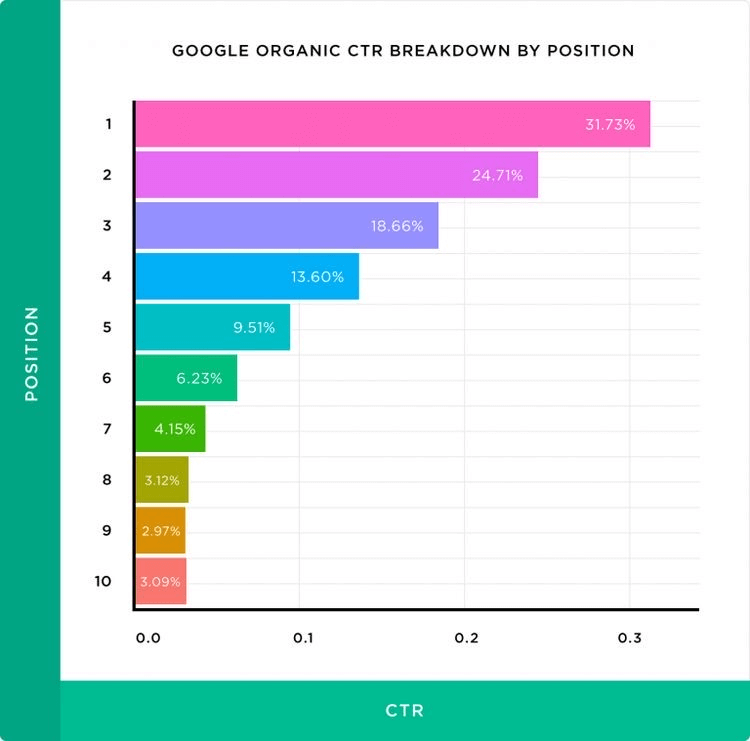
The best ways to increase your organic CTR
Many factors influence the click-through rate of your organic listings, such as your content, design, and keywords, but there are five proven tips you should follow to increase your CTR.
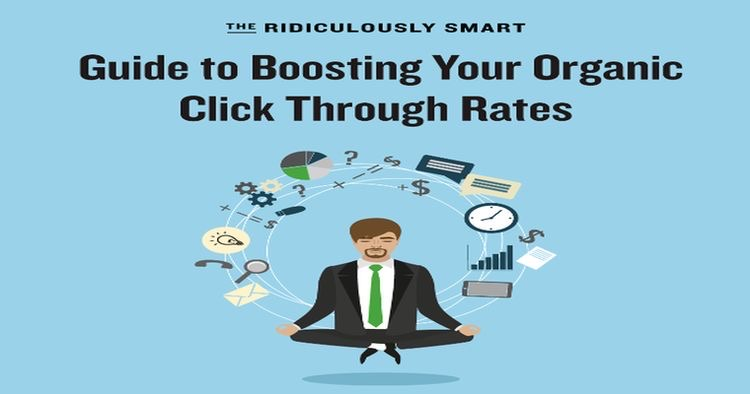
1. Keyword research
The first step towards getting a high CTR and better SERPs is research. You need to know what keywords your audience is searching for, what queries are the most popular, and which terms are most likely to convert. When you know what keywords you should be targeting, you can start optimizing your content with them in mind. Knowing your audience’s keywords will help your website rank higher in the SERPs and increase your organic CTR.
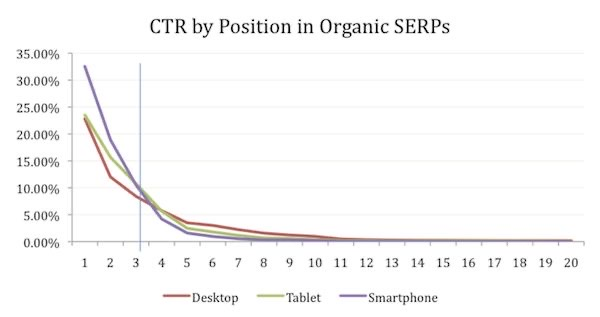
2. Make use of structured markup.
If you’re familiar with SEO, you’ve probably heard about title tags. They’re a set of HTML tags used to structure content on a page and add some context to your web pages. Title tags are an essential part of any SEO strategy, and they’re also one of the easiest things to improve your CTR. According to SEO expert Rachel Wilshaw, choosing the proper tags and including them in your content can increase your CTR by 50%. That’s a huge jump for those who have little experience with SEO, especially those who are just starting in e-commerce. Fortunately, plenty of tools can help you optimize your title and make your content SEO-friendly.
3. Optimize your on-site elements.
Optimizing your content and designing it in a way that answers users’ questions and improves your brand awareness is essential for increasing your CTR. However, not every page on a website has the same importance regarding organic search; some have a more significant impact than others. The elements you need to optimize may include Anchor text. Your anchor text should reflect your target keywords, but it should also be readable and branded.
4. Connect to the audience using emotions.
People buy products and services because of the benefits they’ll receive from them. However, CTR can be increased further if you appeal to your reader’s emotions. The most common emotion-based purchasing triggers are: People are more likely to click on your links if they’re excited about your product or service. You can increase your level of excitement by connecting with your reader’s emotions.
5. Optimize your description.
The first paragraph of your product description is the essential part of your product page. It’s what will persuade a visitor to click “add to cart” and make a purchase. A good description should: The main goal of your description is to answer your reader’s questions and increase your CTR. If they’re satisfied with your product, they’re more likely to click “add to cart.”
6. Use relevant and high-quality metadata.
Metadata is used to create Meta Descriptions and it is the data that describes your content. It appears in search engine results next to your brand name, product, or service. A good title: A compelling description:
7. Use brackets in your title tag.
A great way to attract attention to your product is to use brackets, numbers, and current dates in your title tag. First, type out your title tag and then add brackets, numbers, and the current date at the end of your title. For example, instead of writing “Socks for Winter,” try “Socks for Winter: February 2022” or “Socks for Winter (February 2022)”. By doing this, you are increasing your CTR because you are catching the eye of the visitor and getting them interested in your product.
8. Use descriptive keywords.
Keywords are essential, no matter what kind of website you have. They help your content rank higher in the SERPs, increase your CTR, and make it easier for customers to find you online. However, it would be best to be careful when selecting your keywords. You want to ensure they’re relevant to your content and reflect your target audience’s interests. A great way to find out what keywords you should be targeting is by using a keyword research tool. There are many free tools out there, such as SEMrush and Ahrefs.
9. Use a numbered list.
A numbered list is a great way to present information that’s easy to understand and helps break up the text. It also lets your reader know precisely what part of the text they’re reading and makes it easier for them to navigate through your content.
10. Use recent dates.
If you’re writing about events that happened a long time ago, you risk your content being irrelevant and out of date, which can negatively impact your organic CTR.
11. Use short and meaningful URLs.
If your post is long, you might consider breaking it up into multiple posts. However, if you cannot do that, try to use short and meaningful URLs to keep your readers on your website.
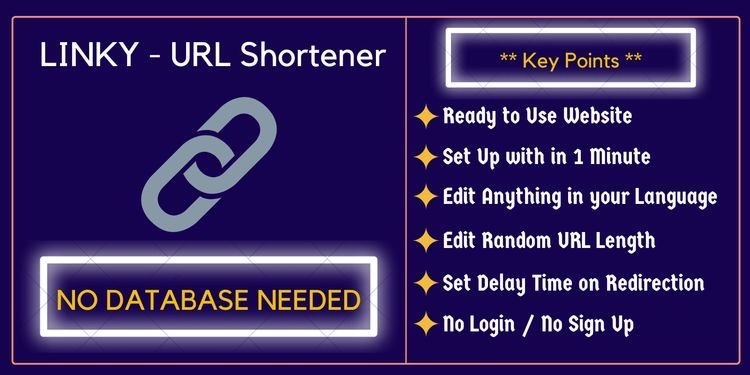
12. Optimize Your Content For Google Rich Snippets
Good rich snippets are boxes that display relevant information about your brand, products, or services. You can use rich snippets to engage your audience, increase your click-through rate, and improve your organic CTR. If you want to learn more about how to optimize your content for rich snippets, check out this article.
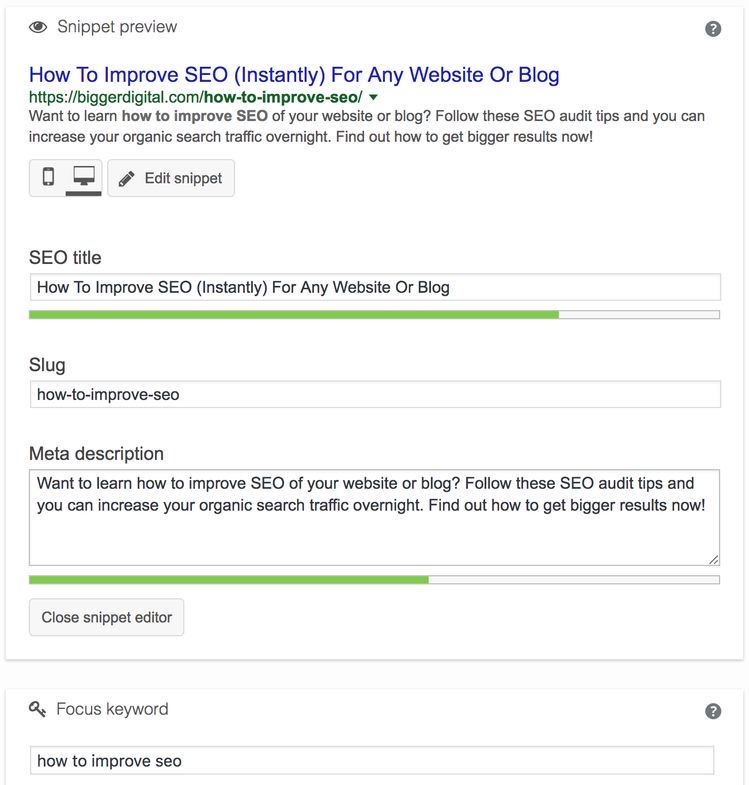
13. Avoid clickbait
Clickbait is a type of content designed to get you to click on a link by promising false information or something sensational. For example, a clickbait title might be “This one weird trick will get you the most likes on Instagram ever!” The word “ever” makes it sound like something impossible. Clickbait is bad practice and will only lead to bad PR and low CTR. You should avoid it at all costs if you want to boost your organic CTR and gain more brand visibility.
14. Use Heatmaps to Improve Site Clicks
It’s important to remember that a high CTR correlates to high-quality content. If you want your site to rank at the top of the SERPs and boost your CTR, you need to offer valuable and informative content. A heatmap is a graphic representation of data; in this case, click data. Using a heatmap will help you identify where on your page people are clicking. Heatmaps allow you to optimize your site’s clicks and boost your CTR with little effort.
A heatmap will show you if your readers are clicking on the proper link and the right part of the image. It allows you to see if your page is user-friendly and if it’s answering the questions your users are asking. Heatmaps are helpful because they allow you to identify potential issues on your site, adjust your design, and make it more user-friendly.
Conclusion
Organic CTR is one of the most critical metrics to track if you want to improve your brand’s online presence. Getting your content to rank higher in the SERPs and increase your CTR is not an easy task. It takes time, effort, and consistent monitoring. To boost your CTR, you need to start with keyword research, optimize your on-site elements, and connect with your readers’ emotions. Make sure you use relevant and high-quality keywords and avoid clickbait, so your content appears at the top of the SERPs and increases your CTR.
